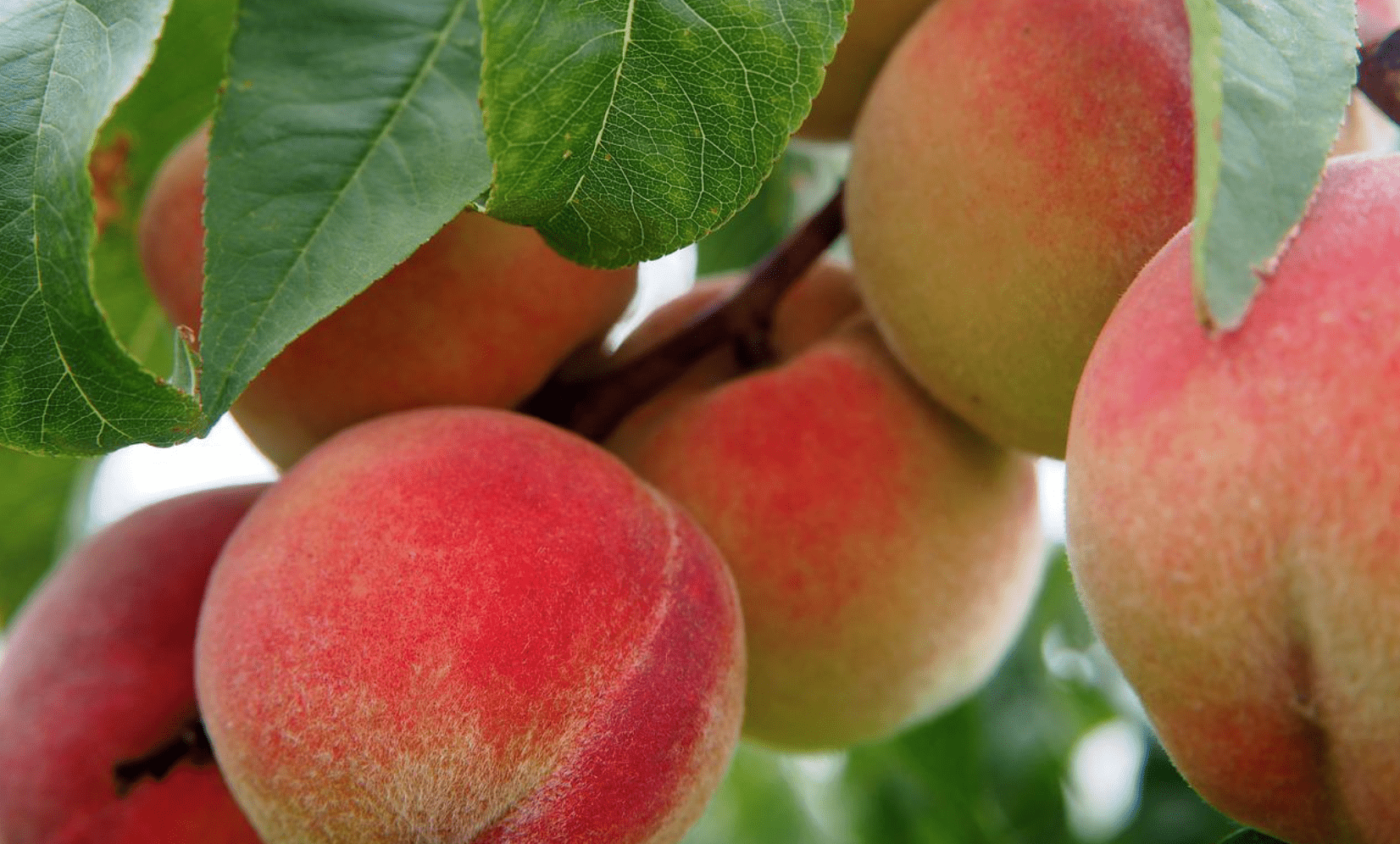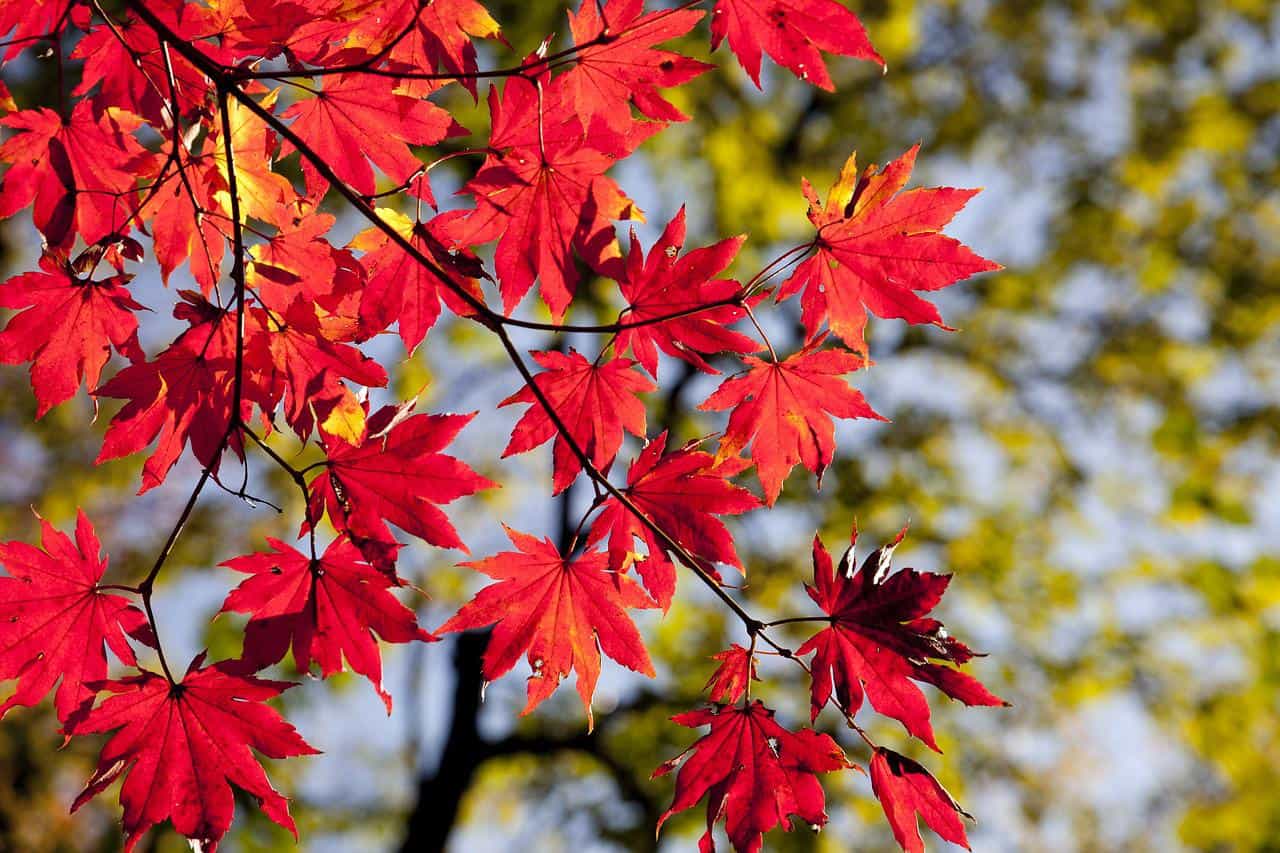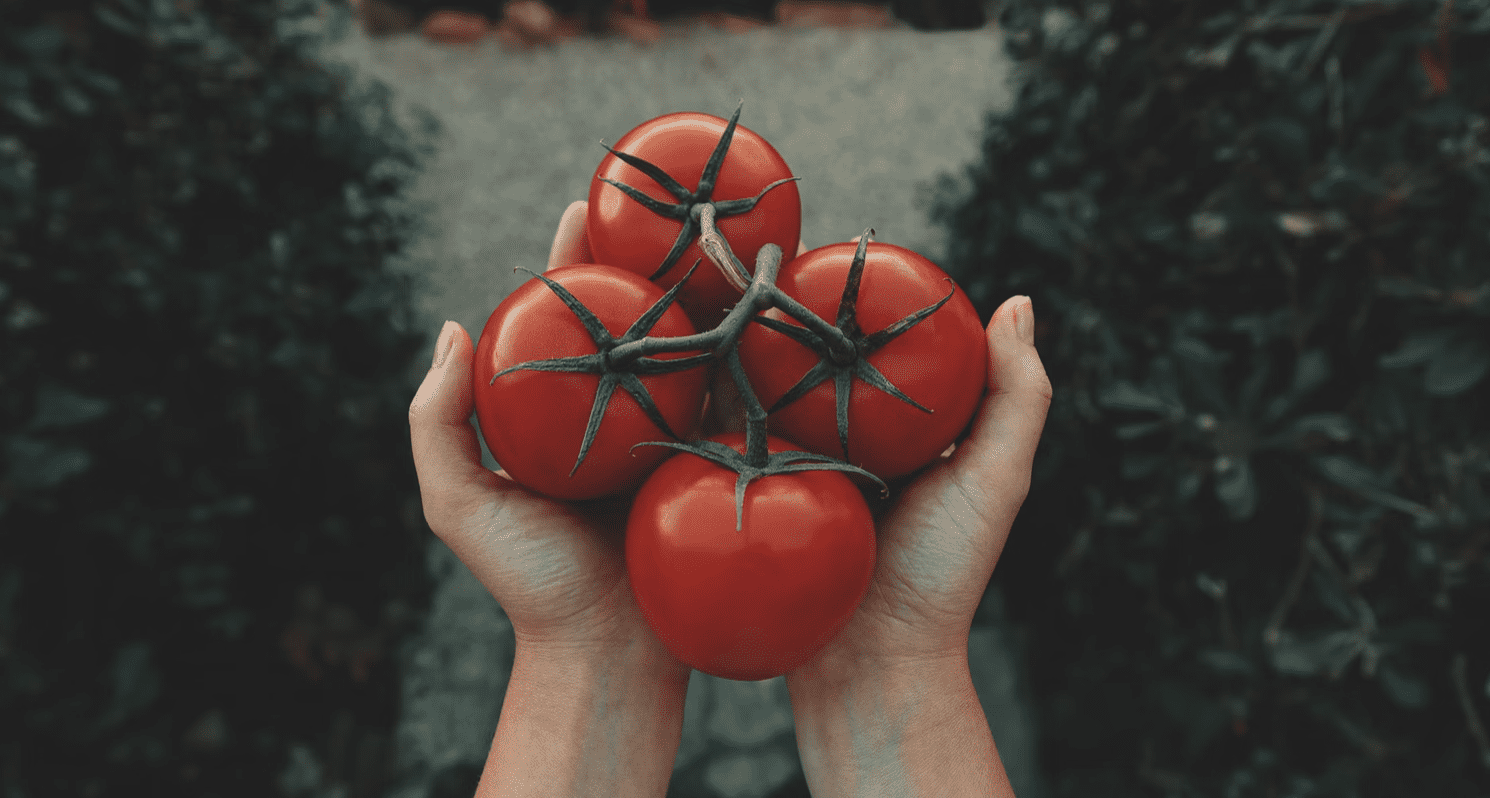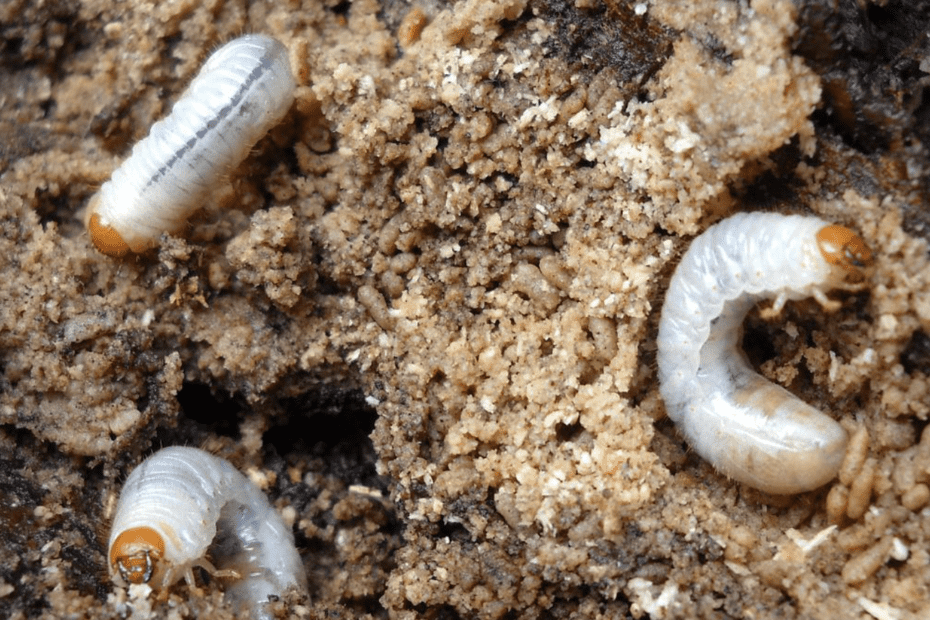Ultimate Guide to Garden Grubs: Identification & Prevention
There’s nothing more peaceful than an afternoon spent in the garden, tending to your plants. But on the flip side, there’s nothing more frustrating than when pests invade your sanctuary. Unfortunately, pest issues are an unavoidable part of gardening. One of the most common issues that gardeners face is having to deal with garden grubs in their carefully-maintained soil.
Before we start looking into how to deal with these invaders, you need to know your enemy. Familiarizing yourself with common grub worms in gardens can not only help you get rid of them, it can help you identify and prevent them from getting into your garden in the first place. Without effective garden grub identification, you may not recognize the warning signs and won’t notice the problem till they’ve already wreaked havoc on your garden.
In this article, we’ll explore some of the most common grubs in soil, what to do about them, and how to prevent damage.
Garden Grubs Identification
Grubs are generally defined as insects in their larval state. These larvae can grow anywhere from half an inch to more than an inch in length and are usually found during summer or in warm climates. Before turning into insects, grub larvae live in soil and consume roots and other organic matter, destroying gardens as it leaves plants without the ability to absorb water and nutrients through the roots.
One of the biggest frustrations when it comes to garden grub identification is that they aren’t always easy to spot, especially if you’re new to gardening. Some grubs stay 12 inches under the surface, making them difficult to catch before the damage to roots is done.
So how do you know if you’re dealing with grubs when they’re buried so deep? One of the most common signs of an infestation is damage from raccoons, moles, skunks and other wildlife in your lawn or garden. They rip up the soil, searching for larvae. Another sign of grub damage is patches of brown, dry, and wilted plants that pull up too easily. If your turf starts to turn brown or your lawn starts to feel like a carpet, you’ve got grubs.
While all grubs live in the soil, feeding on roots and depriving plants from water and nutrients, there are two distinct types: leather jackets and white grubs.
What are Leatherjacket Grubs?
Leatherjackets are the larvae of flies commonly referred to as crane flies or daddy-longlegs. These are the big bugs that look like mosquitos, typically found in late summer. A leatherjacket grub doesn’t have any visible legs and is much darker throughout the body. These grubs are popular among crows, so if you see crows lurking in your garden, that might be a sign that you have a leatherjacket infestation.
What Are White Grubs?
White grub worms are a type of C-shaped larva with legs near the head and they feed off the roots and base of plants. Each type of white grub will vary in characteristics, with different sizes, hair patterns, and head colors. They feed on many types of plants, though grass tends to suffer the most damage.
To make matters worse, these larvae eventually turn into beetles that will attack your plants from above ground too. White grubs are part of a never-ending cycle: beetles feed on the leaves and stems of your plants, lay eggs that produce grubs that feed on your roots, which become new beetles… and on and on.
So what can you do about it? The good news is that there are things you can do to combat white grub populations in your garden. In fact, once you learn to recognize the signs of white grubs in lawns, you can get ahead of the cycle and prevent them from causing damage to your hard-earned garden.
Common White Grubs in Soil
The first step in garden grubs identification is understanding the types of white grubs you should be on the lookout for. While most of the larvae you see will have an off-white color and that annoyingly familiar C shape, and will spend most of their time in the soil. But as you take a closer look, you will notice that each of these pests has slightly different features.
The grub identification chart can be lengthy and overwhelming, as Mother Nature has given us lots of contenders wanting to get into our gardens. Let’s look at some of the most common white grubs in garden soil and their distinguishing features:
- Masked Chafer Grub. Despite not being native to the United States, chafers have become prominent in the country over the past century. The distinguishing features of a chafer are three pairs of legs at the front of a bright white body and a dark orange-colored head.
- Japanese Beetle Grub. Japanese beetle larvae are smaller than other types of grubs, have spines and hairs on their abdomens, and have a darker white color with black legs. While these are considered turfgrass pests and tend to do the most damage to lawns, they move around beneath the surface and damage roots of plants in gardens..
- June Beetle Grub. These pests are called June bugs because they grow from larvae to adults and emerge from the soil in May and June. They are white (with a gray end) with a reddish-brown head and three pairs of legs. The eggs are laid in sunny spots, typically on lawns, in the middle of summer. The June Beetle larvae can grow to around one inch in length.
- Asiatic Garden Beetle Grub. The Asiatic garden beetle tends to be at its busiest during the early spring, feeding on roots and destroying plants. This grub is typically about 1/2 inch long, has a brown head and six legs.
As you can see, most white grubs will look relatively similar at first glance. However, as you learn the subtle differences between species, you will discover ways to distinguish between their key characteristics.
How to Get Rid of & Prevent Garden Grubs
If you’ve diagnosed your garden as grub-positive, don’t fret. While it’s difficult to eliminate and prevent garden grubs entirely, there are steps you can take to minimize the damage. The best thing you can do is cultivate a strong root system in your yard. Be vigilant with regular feedings and yearly core aeration — this will result in a robust and dense root system that can handle minor grub damage.
While you may not want to add more worms to your garden, there’s actually a good kind that will help your garden thrive. Nematodes are tiny, parasitic worms are a natural way to get rid of grubs (and other common garden pests). They offer a safe and organic method that doesn’t introduce dangerous chemicals to your yard. Note: apply them as soon as possible after purchase and avoid direct sunlight.
Another natural way to get rid of grubs is to encourage birds to hang around. They won’t just be a nice, sing-songy addition for a picturesque garden — they’ll eat those pesky grubs and eliminate the need for chemical intervention. Some report success with using beer traps as a way to capture grubs. With this method, place a bowl with beer in a shallow hole, which will attract and trap grubs in the surrounding area.
There are also various curative and preventive products designed to kill grubs and prevent future eggs from hatching as well. However, when dealing with chemicals, you should carefully evaluate each option to ensure that it doesn’t pose a risk to pets or humans. Generally, it’s best to use natural fertilizer solutions that will maintain good plant health and help it protect itself from grubs and other pests.
Natural, Organic Solutions for Your Garden
Keeping your garden full of life isn’t easy, and garden grubs certainly don’t help. But when you learn to spot the signs early on, you’ll have a head start on these pesky pests.
At Dr. JimZ, we know how much work you put into your garden. So why should you risk adding chemicals to all that natural splendor? We specialize in providing natural solutions for helping your garden grow and flourish. Whether you need to keep those veggies thriving with an all-natural tomato fertilizer or you’re looking for a high-performance grass fertilizer, we’ve got everything you need. Check out our selection of products today!



